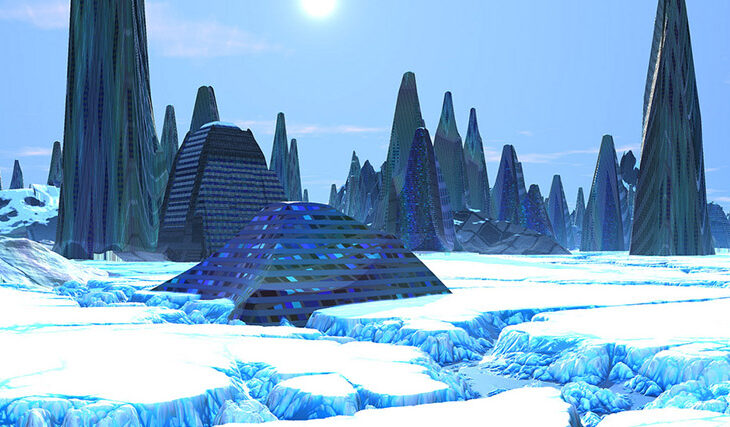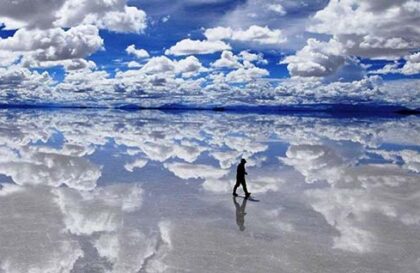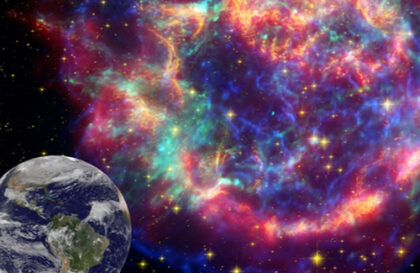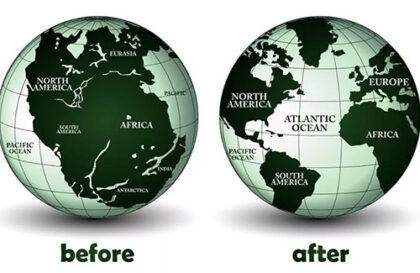Are we still living in an ice age?
Geologists have divided the ice age into several ice ages, each characterized by a wide coverage of subpolar regions by glaciers. In these ice ages, there are periods of alternating glacial and interglacial phases when the area covered by glaciers either increases or decreases. We are now in the interglacial epoch of the Ice Age.
At the beginning of the Proterozoic era, when there was little light, the atmosphere consisted of hydrogen, methane, and ammonia. There was likely ice on Earth at that time. No evidence of glaciation has been found since then. The Huron glaciation, the first and longest ice age, began 2.4 billion years ago and lasted 300 million years. This cooling caused the appearance of primitive algae and further cooled the planet. At that time, the Earth had only half its surface covered by oceans and received less solar energy.
After the first billion years of warmth, another catastrophic event occurred 900 million years ago. This catastrophe began the second ice age, also known as cryogenesis, lasting the longest cold period.
The snow-white surface of Enceladus, a moon of Saturn, has the highest albedo in the Solar System. It reflects 99% of the incident light. But in the era of cryogeny, the Earth could compete with EnceladusCredit: NASA/JPL/Space Science Institute.
The exact causes of the cooling are not entirely clear, but it is assumed that the movement of the continents led to the formation of the equatorial ring. This prevented the penetration of warm currents from the tropics into the global ocean during the cold season, which caused the ocean to cool freely. In addition, the ice did not melt during the summer months because it effectively reflected the sun’s rays. Reducing carbon dioxide in the atmosphere also affects the cooling process.
Water ice can exist in 15 different forms, differing in the characteristics of the crystal lattice. However, exotic ice forms (thicker than liquid water) form at very high pressure. The crust of Europa and other satellites of the giant planets is composed mainly of exotic ice. Credit: NASA/JPL-Caltech/SETI Institute
The cold wasteland was hospitable only to bacteria. However, more than a billion years ago, multicellular organisms began to appear, and even before the cryogenic era, strange creatures inhabited the oceans. Over time, the atmosphere became enriched with carbon dioxide, and 635 million years ago, the Earth went through a melting phase.
The third ice age of the Paleozoic era began about 460 million years ago and ended 230 million years ago. Unlike previous ice ages, the climate was relatively less severe, fluctuating between glacial and warm stages. During the Devonian period, cold temperatures forced aquatic life, including fish, out of the water. Although the Carboniferous period was cold, it also contributed to the formation of coal deposits.
The end of the glaciation of the Paleozoic era was a tragic event for life on Earth. According to the scientific consensus, the extinction of many species was caused by the release of methane due to melting permafrost and rising ocean temperatures. The combination of atmospheric oxygen and methane caused a deadly explosion, leading to the largest mass extinction of species in the history of our planet.
Our current geological era is the Cenozoic era, the fourth ice age. This era began 34 million years ago when the glaciers reappeared after 200 million years of absence.
The weight of the ice shell presses Antarctica into the liquid earth’s mantle to a depth of 2.5 kilometers. Perhaps, in the era of cryogeny, the Earth could formally be considered an “ocean planet” – only ice remained above sea level. Credit: NASA.
An ice cap covers Antarctica. In the north, at the end of the Cretaceous period, an ice age began, leading to decreased carbon dioxide levels. Over the past 25 million years, the glaciers have undergone cyclical expansion and contraction due to various astronomical factors, such as changes in the axis of the Earth’s orbit and the activity of the Sun.
Glaciers tend to appear cyclically every century when the Earth is at its furthest point from the Sun, and the tilt of the axis becomes more pronounced. Solar activity is minimal at this time, leading to a cooling effect and the eventual formation and advance of glaciers to the southern hemisphere.
In theory, glaciation patterns in the northern hemisphere should be cyclical, with ice in the southern hemisphere. However, this sequence is disrupted by the lack of land south of the equator, where ice fields are susceptible to destruction by ocean currents.
During the era commonly referred to as the ‘Ice Age,’ the Earth experienced phases of intense heat, also known as the ‘Ice Age.’
At one time, the subtropical region covered the coastline of the Arctic Ocean and extended to the pole, where dinosaurs roamed and grazed. To the south of this coastal area, the subtropical space eventually gave way to a dangerous region known as the “green hell,” where wild crocodiles live. At the fortieth parallel, the temperature jumped to a scorching +50 degrees, making the area dead and comparable to Death Valley.
Glaciers are fed by snow, which settles on the ice surface and quickly melts or seeps further, forming firn – a compacted mass. Over time, the firn transforms into a spongy glacier that alternates between a feeding zone and a melting zone, depending on the topography. On steep slopes, the glacier can move at a speed of several kilometers per year. A glacier can stop in the ocean, but large parts of the ice break off, turning into icebergs, and drift towards the equator. Catastrophic movements often occur when a glacier breaks, crumbles, and advances through a flow of ice and rock.
It is predicted that in the next 20-30 million years, an ice age will bring harsher climatic conditions. The Cenozoic glaciation was a recent geological event that may have been the last on Earth. Even in the distant future, astronomical cycles and minor climatic fluctuations can cause significant problems for humanity. The end of the optimal phase of the great climatic cycle and the strengthening of the influence of cosmic forces is fast approaching. The interglacial period, which began 12,000 years ago, is also ending. As nature struggles with human activity to counter the greenhouse effect, the ice age of the future is fast becoming a reality.
Banner image: Credit: Author Serendipity/Flickr
Image credit:
https://www.dailyimpact.net
https://supernova.eso.org
https://science.nasa.gov
https://www.newscientist.com






